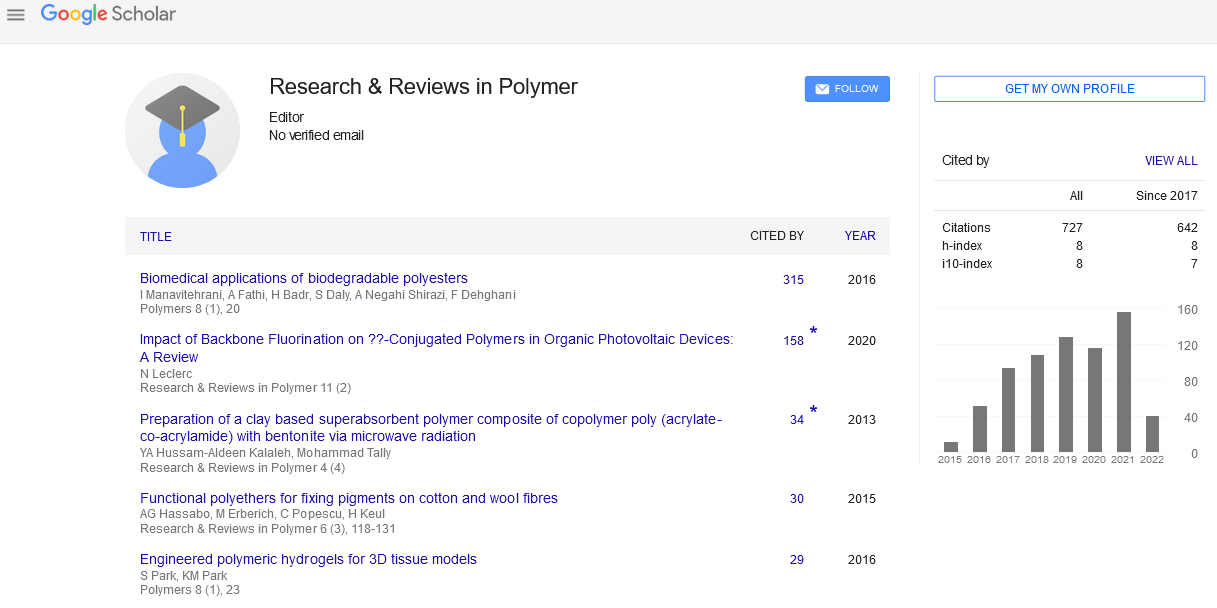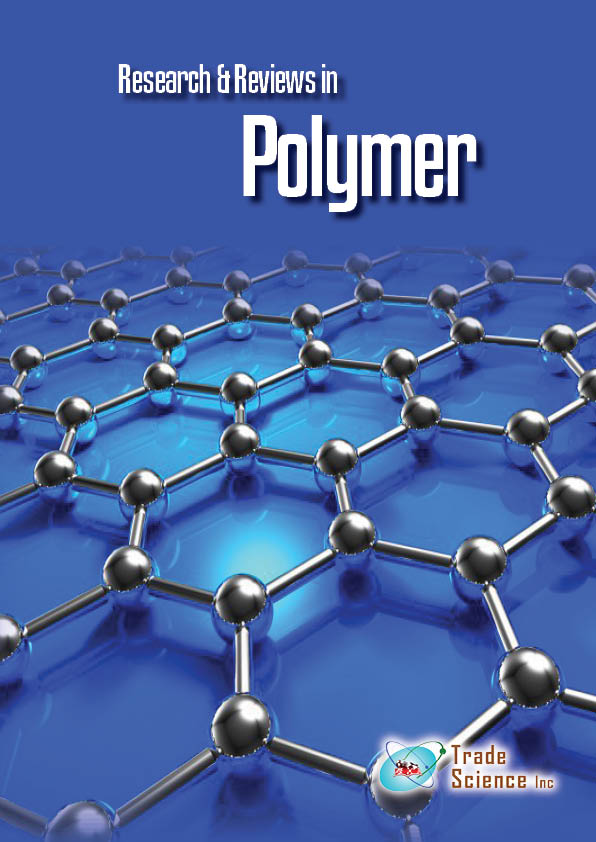Abstract
Exploiting microorganism for bio-plastic: An overview
Author(s): C.Arunachalam, A.M.Velmurugan, P.EzhilarasiPlastic is the general common term for a wide range of synthetic or semi synthetic organic amorphous solid. It refers to theirmalleability, or plasticity during manufacture, that allows them to be cast, pressed, or extruded into a variety of shapes-such as films, fibers, plates, tubes, bottles, boxes, and much more. They are made of petrochemicals, non-renewable, contain a variety of toxic additives and they last for hundreds of years, they damage to natural habitats and killing animals thatmistake themfor food. Bioplastics is made by using renewable biomass. Many polymers were proposed and tested for their possible industrial applications and their biodegradability, e.g., cellulose, starch, blends of those with synthetic polymers, polylactate, polyester-amide, and polyhydroxyalkanoates (PHAs). PHAs gained particular interest since theywere shown to be biodegradable and biocompatible. Bioplastics are divided in to biodegradable bio-plastic, non-biodegradable bio-plastic and mixed bio-plastics. Bioplastics are natural biopolymers that are synthesised and catabolised by various micro organisms. PHB (poly-ï¢- hydroxybutyrate) is one of the important storage reservoirs providing energy. It is the cellular inclusion bounded by lipid, non-unit membrane separated from cytoplasm. ï¢-hydroxy butyrate is connected by easter linkage and form PHB. These materials do not cause toxic effects in the host and have certain advantages over petroleumderived plastic. Currently there are four biosynthetic approaches to produce PHA: in vitro via PHA-polymerase catalyzed polymerization, and in vivo with batch, fed-batch, and continuous (chemostat) cultures.

